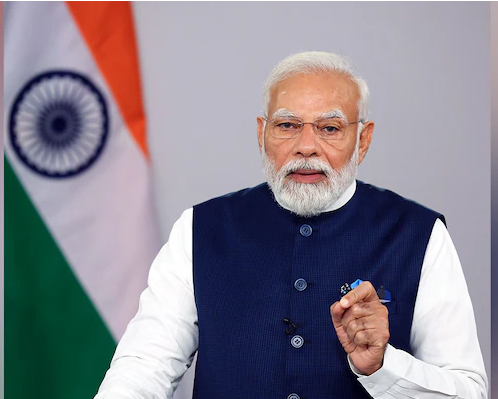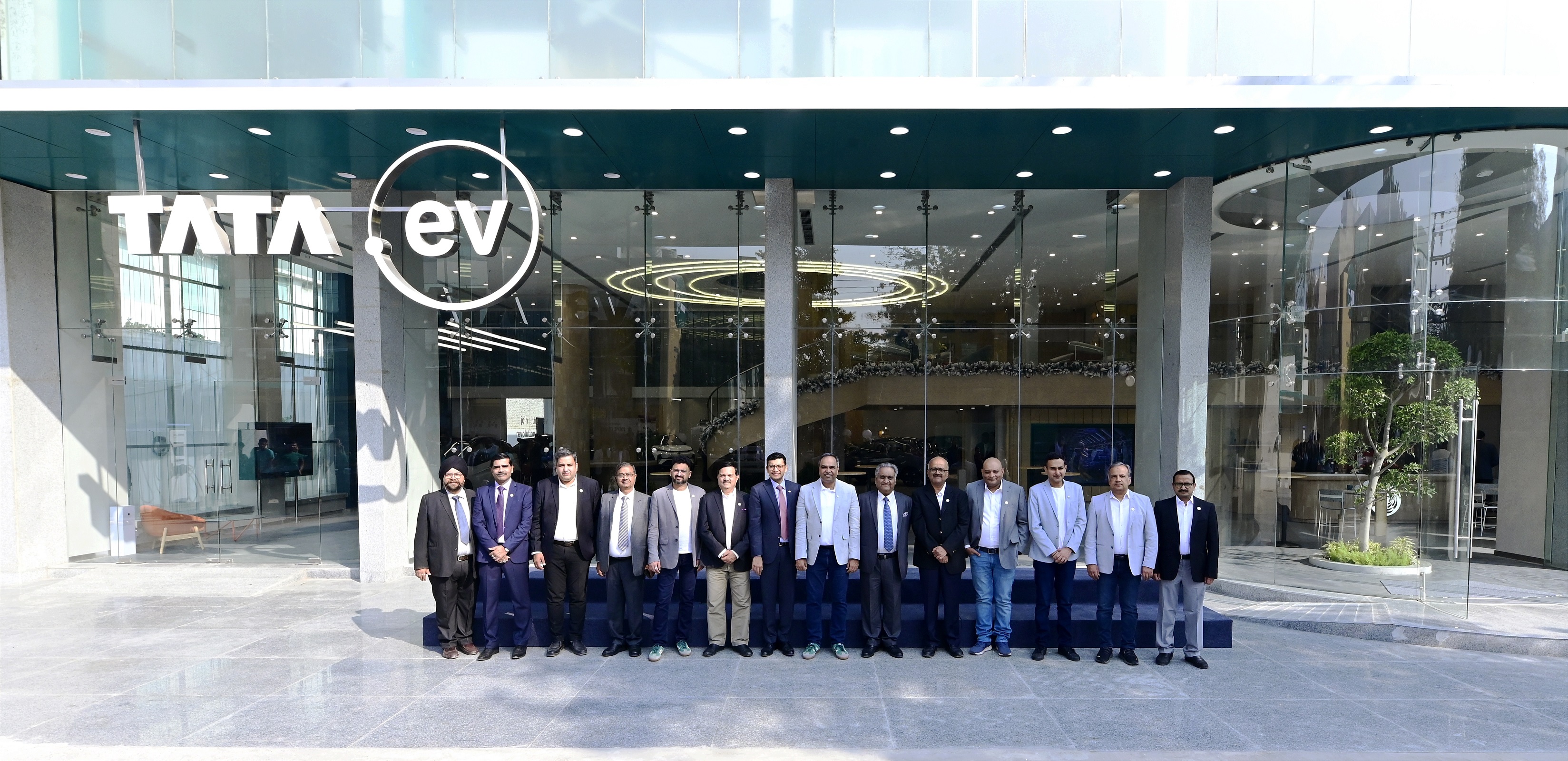India’s economic growth resembles 2003-07 boom: Morgan Stanley Report

NEW DELHI: This revival is primarily fuelled by an uptick in investments, echoing the growth trajectory of nearly two decades ago when the nation witnessed an average growth rate exceeding 8 percent.
The report, titled 'The Viewpoint: India - Why this feels like 2003-07', highlights the key role of capital expenditure (capex) in propelling the current expansion.
Morgan Stanley's analysis emphasises a shift towards investment-driven growth over consumption, with a notable rise in public capex initially, followed by a rapid uptake in private investment.
Notably, urban consumers are spearheading consumption growth, complemented by a burgeoning demand from rural sectors.
The surge in India's global export market share coupled with effective management of macroeconomic stability risks further underpin this economic upswing.
A key indicator of the ongoing expansion is the elevation in the investment-to-GDP ratio.
Similar to the 2003-07 period, where this ratio soared from 27 percent in Fiscal Year 2003 to 39 percent in Fiscal Year 2008, the current trend is witnessing a resurgence.
Presently standing at 34 percent of GDP, it is anticipated to climb further to 36 percent by Fiscal Year 2027, signifying a robust growth trajectory.
During the 2003-07 boom, India experienced an impressive average GDP growth of 8.6 percent alongside a modest headline CPI inflation of 4.8 percent.
Despite external shocks like the surge in oil prices, the current account deficit remained manageable, fluctuating within a comfortable range.
Gross fixed capital formation (GFCF) also witnessed a remarkable acceleration during this period, indicating a robust investment climate.
In the present cycle, real GFCF growth continues to demonstrate resilience, outperforming pre-Covid averages.
Public capex has emerged as a primary growth driver, compensating for the corporate sector's subdued investment sentiment in the wake of previous shocks.
However, with corporate profits rebounding and early indications of private capex gaining traction, the economic landscape is evolving.
Despite the optimistic outlook, challenges persist.
Private consumption remains relatively subdued, tracking below pre-Covid averages, underscoring the need for sustained efforts to stimulate domestic demand.
Policymakers have been actively pursuing supply-side reforms to bolster the investment climate, exemplified by the uptick in real government fixed capex growth.
Morgan Stanley underscores the critical role of public sector investments, particularly in infrastructure projects, to alleviate supply-side constraints and pave the way for robust private sector participation.
Such long-term investments are deemed essential for sustaining the current economic momentum and fostering inclusive growth.










